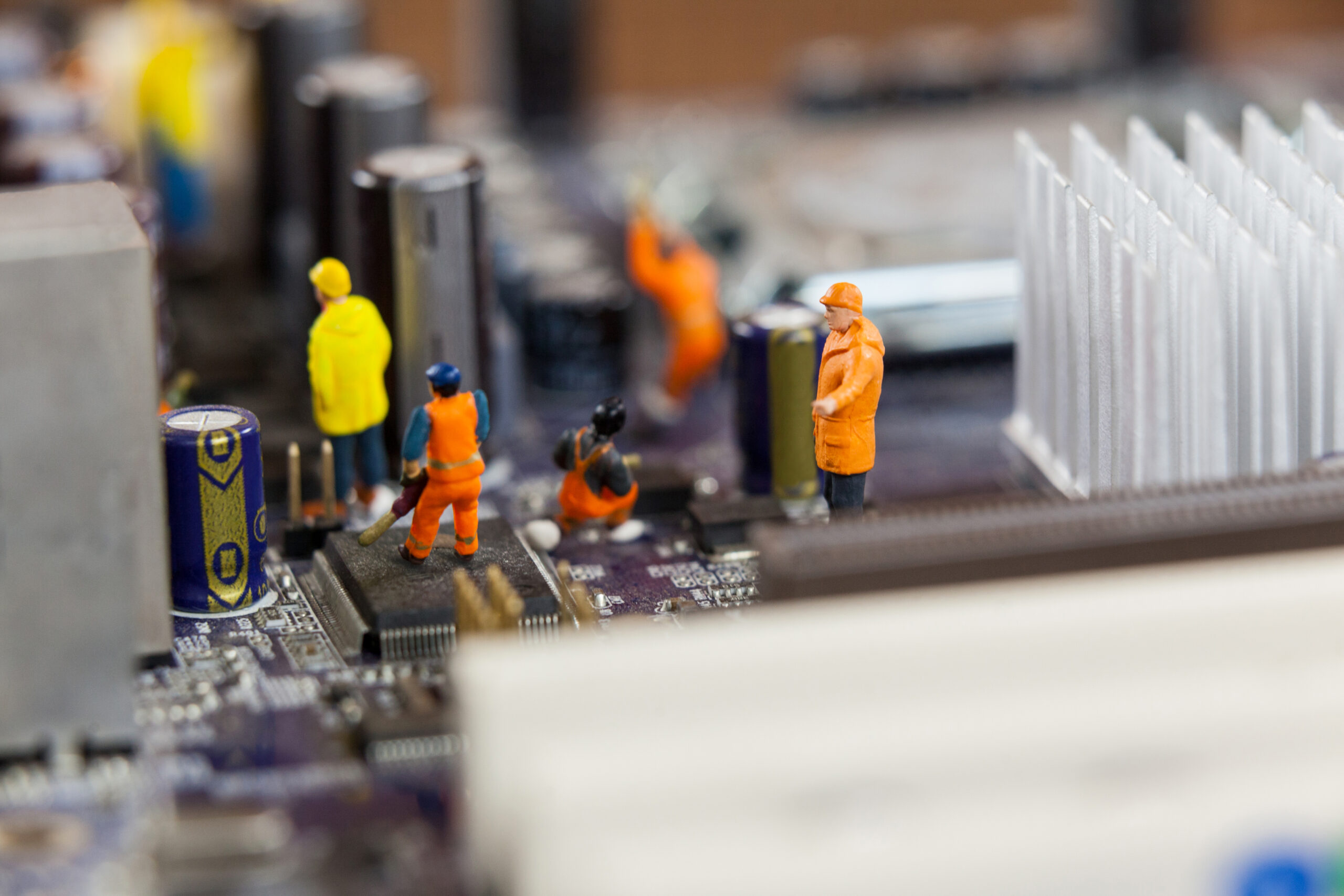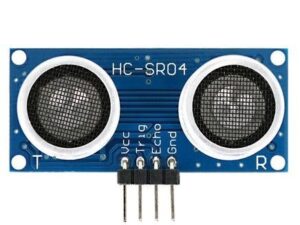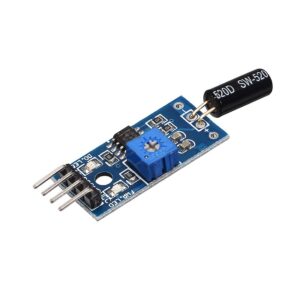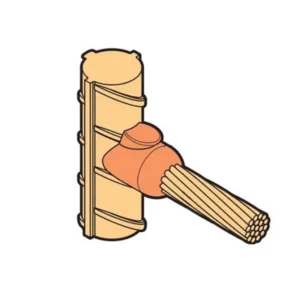WHAT IS THE PROCESS OF PCB MANUFACTURING?
For anybody working in the electronics sector, the PCB manufacturing process is critical. PCBs, or printed circuit boards, are widely utilized as the foundation for electronic circuitry. Printed circuit boards provide the mechanical foundation on which the circuit can be created. As a result, printed circuit boards are utilized in almost all circuits, developed, and manufactured in millions. The complexity of printed circuit boards is proportional to the number of processes necessary to create them.
Layer Structure of a PCB
A PCB is made up of four primary components:
- Silkscreen: Part numbers, logos, symbols, switch settings, component reference, and test points are frequently silkscreened on the component side of the board. Legend or nomenclature are other terms for the silkscreen.
- Solder Mask: The solder mask, which is a layer of polymer that helps shield the copper from short-circuiting when it comes into contact with the environment. It can be in different color, mostly used color is Green.
- Substrate: The substrate, which is generally constructed of fiberglass, is the first and most crucial component. Fiberglass is employed because it gives the PCB its core strength and helps it withstand fracture.
- Copper Layer: This layer might be copper foil or a full-on copper covering, depending on the board type. Regardless of whether method is utilized, the copper’s purpose remains the same: to convey electrical messages to and from the PCB, much as your nervous system does between your brain and muscles.
HOW DOES A PCB GET MADE?
Design and verification are the first phases in the PCB design process, which continue through circuit board manufacture. To maintain precision and avoid short circuits or incomplete circuits, several stages require computer direction and machine-driven instruments. Before being packed and sent to clients, the final boards must pass stringent testing.
Step 1 – PCB design
You must have a design for the PCB before you can start producing it. These plans will serve as the foundation for the procedure. In most cases, computer software is used to finish the design process. The bulk of the details needed for inner and exterior layers may be calculated using a trace width calculator.
Step 2 – Design Printing
The PCB design is printed using a plotted printer, which is a specific printer. It creates a film that depicts the board’s intricacies and layers. On the interior layer of the board, two ink colors will be utilized when printed; the non-conductive regions are shown in clear ink, while the conductive copper traces and circuits are shown in black ink.
Step 3 – Substrate Development
The PCB will begin to take shape at this point. By running the materials through an oven to be semi cured, the substrate, which is the insulating substance that retains the components on the structure, begins to develop. The pattern from the printed films is etched away after copper is pre-bonded to both sides of the layer.
Step 4 – Inner Layers Printing
The design is printed on a laminate, which serves as the structure’s main body. The structure is protected by a photo-sensitive film consisting of photo-reactive compounds that harden when exposed to ultraviolet light (the resist). This will aid in the alignment of the plans and the board’s actual print. To aid in the alignment procedure, holes are bored into the PCB.
Step 5 – Ultraviolet Light
The resist and laminate are then exposed to UV light to solidify the photoresist. Copper routes are revealed by the light. The previously applied black ink inhibits hardening in regions that will be removed later. To remove the extra photoresist, the board is washed in an alkaline solution.
Step 6 – Removing Unwanted Copper
It’s now time to clean off any remaining copper on the board. An alkaline-like chemical solution eats away at the undesirable copper. The photoresist hasn’t solidified yet, so it’s still usable.
Step 7 – Inspection
The alignment of the freshly cleaned layers will need to be checked. The holes that were bored previously aid in the alignment of the inner and outer layers. To keep the layers aligned, an optical punch machine drills a pin through the perforations. After the optical punch, the board will be inspected by another machine to guarantee there are no flaws. You will not be able to fix any missing errors from now on.
Step 8 – Laminating the Layers
As the layers are fused together, the board will begin to take shape. As the laminating process begins, metal clamps hold the layers together. On the alignment basin, a prepreg layer is applied. The prepreg is then covered with a substrate layer, followed by a copper foil layer and additional prepreg resin. Finally, the press plate, which is made of additional copper, is attached.
Step 9 – Pressing the Layers and Drilling
The layers are then pressed together using a mechanical press. Pins are punched through the layers to keep them aligned and secure; depending on the technology, these pins can be removed. If everything checks out, the PCB will be sent to the laminating press, which will heat and press the layers together. The epoxy melts inside the prepreg, fusing the layers together with the pressure. To reveal the substrate and inner panels, holes are bored into the layers using a computer-guided drill. After this procedure, any leftover copper is eliminated.
Step 10 – Plating
Plates may now be placed on the board. The layers are joined together by a chemical solution. Another set of chemicals is then used to fully clean the board. These chemicals also leave a thin copper film on the panel, which seeps into the perforations.
Step 11 – Outer Layer Imaging
After that, a layer of photoresist is applied to the outer layer, identical to Step 3, before being sent for imaging. The photoresist is hardened by ultraviolet light. Any photoresist that isn’t wanted is deleted.
Step 12 – Plating
The screen is coated with a thin copper layer, much like in Step 11. The board is then coated with a thin tin protection. The tin is there to prevent the outer layer’s copper from being etched away.
Step 13 – Etching
Any undesirable copper behind the resist layer is removed using the same chemical solution as previously. The copper is protected by the tin guard layer. The connections on the PCB were formed in this stage.
Step 14 – Solder Mask Application
Before applying the solder mask, make sure all of the panels are clean. With the solder mask film, an epoxy is placed. The solder mask creates the distinctive green hue on a PCB. UV light is used to eliminate any undesirable solder masks, while the desired solder mask is baked onto the board.
Step 15 – Silkscreening
Silkscreening is an important stage since it is through this procedure that important information is printed on the board. The PCB then undergoes a final coating and curing procedure once it has been applied.
Step 16 – Surface Finish
Depending on the requirements, the PCB is plated with a solderable finish, which improves the solder quality and bond.
Step 17 – Testing
A professional will perform an electrical test on the PCB before it is declared complete. This will ensure that the PCB operates properly and that the original blueprint designs are followed.





